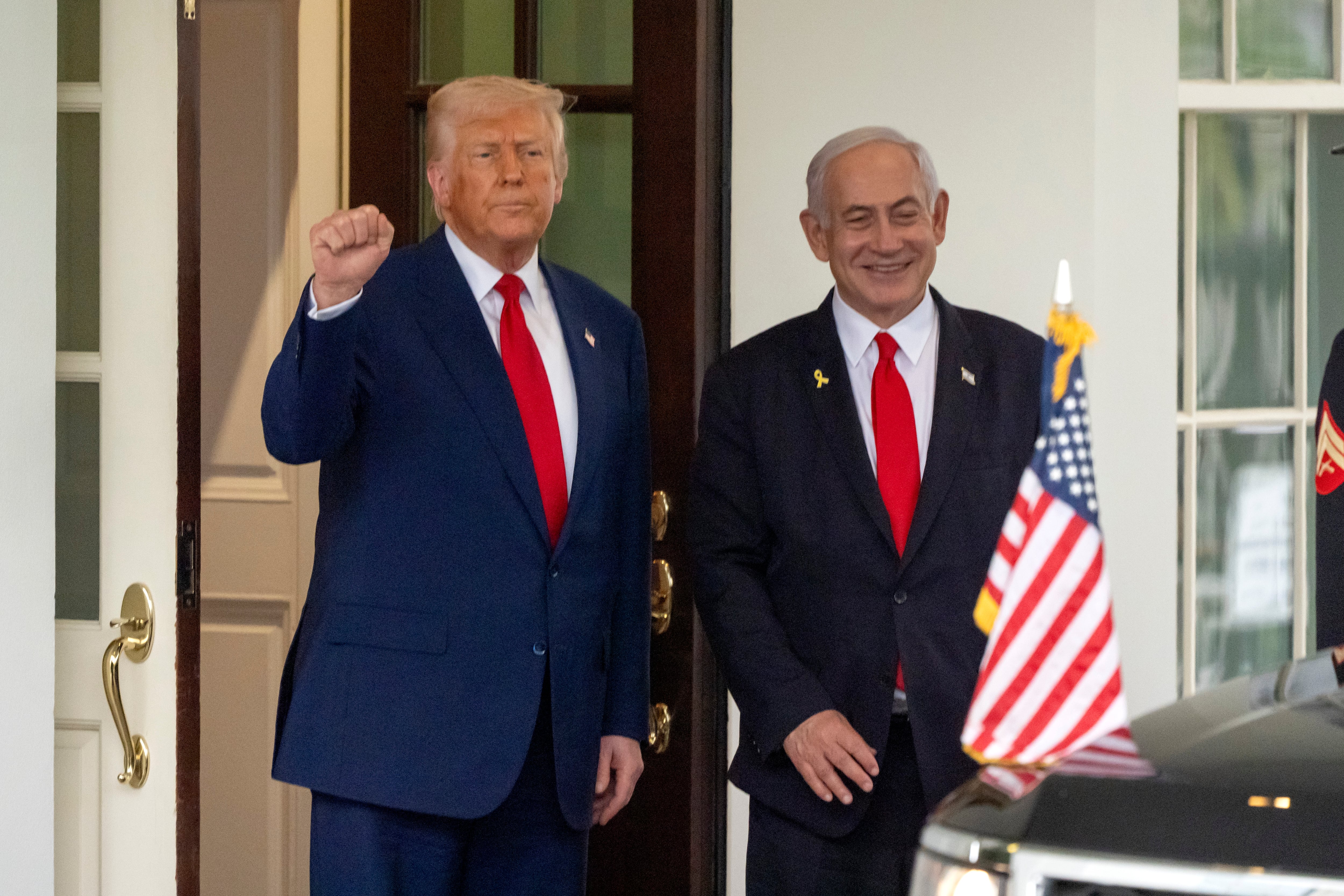BAGHDAD — High-ranking Iraqi security officials say up to 7,000 Islamic State group affiliates remain in Iraq after the fall of Mosul, where the group’s leader declared the self-styled caliphate three years ago.
Three intelligence and defense officials also told The Associated Press there are an estimated 4,000 militants and 3,000 supporters who were employed by the group and received salaries.
In Syria, there are up to another 7,000 ISIS militants and 5,000 supporters, they say.
The officials spoke to the AP on condition of anonymity because they are not authorized to speak to the media.
On July 10, Iraq’s Prime Minister Haider al-Abadi declared the liberation of Mosul, after nine months of highly destructive warfare. ISIS swept into Mosul in summer 2014 when it conquered much of northern and western Iraq. The extremists declared a caliphate and governed according to a harsh and violent interpretation of Islamic law. The militants rounded up their opponents and killed them en masse, often documenting the massacres with video and photos.
[After Mosul victory, Iraq mulls future of Shiite militias]
Two days after the declaration of Mosul liberation, Army Lt. Gen. Stephen Townsend, commander of the U.S.-led coalition in Iraq and Syria, cautioned that the battle in Iraq is not over. He said he believes Iraqi troops still need time to oust remaining ISIS fighters from Mosul. Once that is done, he said, they will probably take a break to regroup before launching their fight against the ISIS in Tal Afar and other remaining insurgent strongholds in western Iraq. ISIS still controls territories in parts of Ninawa and Anbar governorates, in Hawija in Kirkuk governorate and in pockets elsewhere.
Last week, Nick Rasmussen, director of the National Counterterrorism Center, warned that the world still faces threats from ISIS militants despite their territorial losses. He said the Islamic State group controls less territory, but officials still worry that a small number of skilled fighters could move out of the region and launch attacks in the West or in their homelands.
In Syria’s Raqqa, IS’s self-proclaimed capital, U.S.-backed Syrian forces encircled the city, breaching the fortified defenses and moving closer to the heart of the city. Officials are predicting a long, tough battle, estimating that more than 2,000 militants are holed up with their families and tens of thousands of civilians in the city’s center.
Last summer, the Pentagon claimed the military campaigns in Iraq and Syria had taken 45,000 enemy combatants off the battlefield and reduced the total number of Islamic State fighters to about 15,000. In March, Army Lt. Gen. Stephen Townsend, commander of the U.S.-led coalition forces in Iraq and Syria, said U.S. intelligence estimates put the number of ISIS fighters in Iraq and Syria combined at 12,000 to 15,000. That was down from an estimate of 19,000 to 25,000 in February 2016 and 20,000 to 31,000 in 2014.
Amid reports that ISIS leader Abu Bakr al-Baghdadi was killed, Iraqi intelligence officials told The Associated Press that he is still alive.
[US parts ways with Syrian partner force involved in ISIS fight]
“We will be reviving ISIS if we killed Baghdadi now,” one of the top officials said, adding that the strategy is to get rid of possible successors first. “We want to cripple the group in order to end it. We don’t want to give them a window for a comeback.”
There have been conflicting reports of al-Baghdadi’s death, including a claim by Moscow in late May that there was a “high probability” he was killed in a Russian airstrike in the southern outskirts of Raqqa.
Townsend earlier said he doesn’t know if he is dead or alive.
“I suppose it probably doesn’t really matter. If no one knows if he’s alive or dead, someone is guiding ISIS, the organization,” Townsend said. “And what we have seen with all these paramount leaders is you take them out, and someone else steps up.”





